This story / page is available in:
![]() German
German
Friday morning, 4 September 2020, shortly after 9 am. Somewhere between the lakes and the mountains in a lonely part of Connemara. The school bus stops on time at the main road. The only schoolchild gets on. I make my way to the village where John O’Donohue lived. Where there has been no school for a long time. Where Gaelic is still spoken today. I would soon meet Sean, who tells me that the village once had its own school, attended by 29 children in the old days. 27 of those 29 pupils later emigrated to Pittsburgh, Pennsylvania, over the Atlantic ocean, in search of work. Even today, some in the village remain loyal to the Pittsburgh Steelers football team.
Part 5 of the Ireland News series on John O’Donohue
- Click here for the overview: All articles about the life and work of John O’Donohue.
- Click here for the book list: The books of John O’Donohue.
At the beginning of the 20th century, the village consisted of 18 houses. There are hardly any more now. The village also no longer has a shop, a church, a post office or a pub. At the fork in the road I decide to turn right and a little later I am standing at the old cottage where John O’Donohue lived for about a decade and a half. This was the place where he withdrew to think, to go into silence, to write and to pray.
He later protected this refuge, and did not reveal its location. Out of respect, I will protect the place, also for the sake of the villagers and John’s family. I will not mention its name or describe directions to get there. I ask all readers once again to respect this and not to go looking for it. The old retreat isn’t a museum at all.
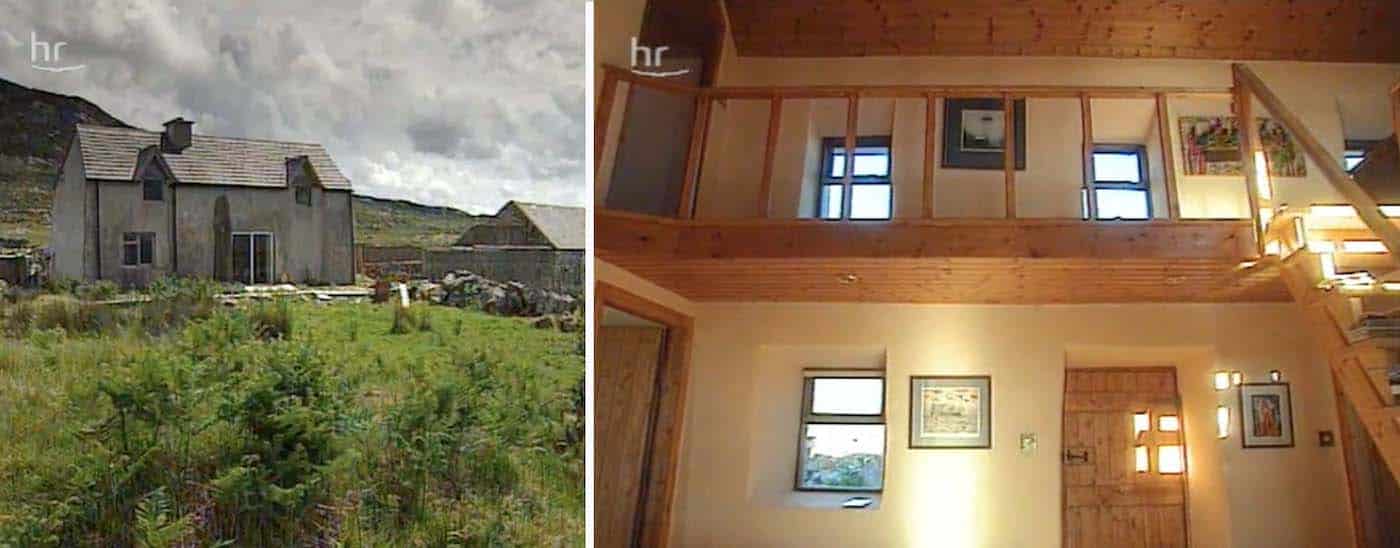
The Cottage in 1997: John O’Donohue opened his door to Hessischer Rundfunk*. On the left, the back of the house, still without back kitchen extension (© Hessischer Rundfunk – www.hr.de)
The two-storey house from the 19th century now sits at the end of a road that merges into a country lane. Many decades ago this was a through road and home to the Tooles’ village shop. The house is unoccupied and looks as if it is from another era. Behind the house, sheep meadows that merge into the rising mountains. In front of the house sheep meadows, then the lake, and another lake.
Three of the neighbour’s horses graze around the house. When you arrive, the house is on the right side of the road. A small annex, the typical Irish porch shelters the entrance from the rain. I recognise the door, this is where photographer Colm Hogan took the well-known and widely circulated photo showing John in the doorway smirking with a meaningful look. In front of the door, the weeds are thriving. The house walls unpainted, grey, black-grey.
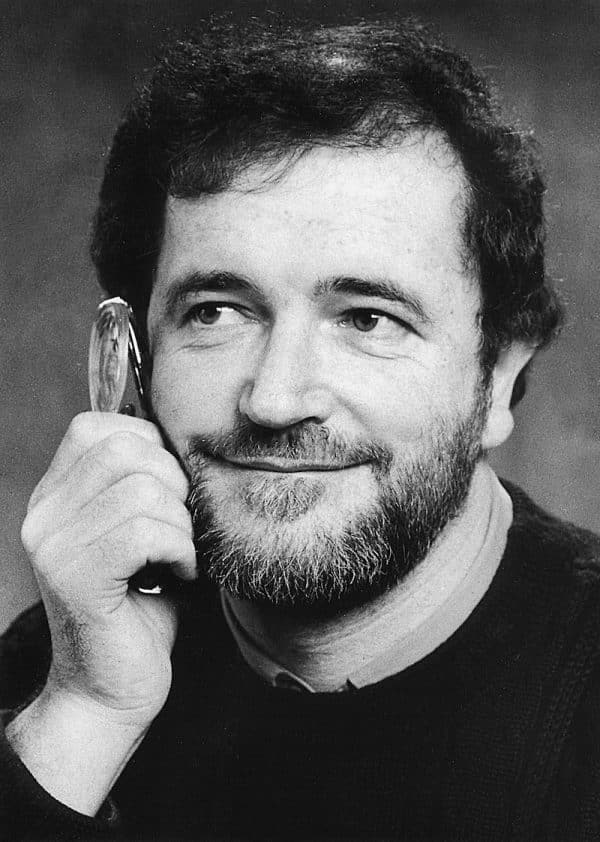
John O’Donohue in 1999. Photo: dtv
On John O’Donohue, writer, poet, priest
John O’Donohue (1956 – 2008), grew up on a farm in a limestone valley in the Burren, County Clare. The eldest of four siblings, he became a priest, later a writer, philosopher and poet, environmental activist, life teacher, speaker, mystic and humanist. With Anam Cara, The Four Elements (published and available in German by dtv), Eternal Echoes and Divine Beauty he wrote international bestsellers. He loved human existence in all its facets. His great theme was to live life to the fullest without fear. He considered unlived life to be the maximum transgression of being human. In books and lectures, John encouraged people to courageously live the life they wanted and would love. It was important, not only to dream one’s dreams but also to realise them and thus find one’s destiny – free from fear and from the heart.
O’Donohue was a free spirit who thought Celtic as well as Christian spirituality, the mysticism of Eckhart and the philosophy of Hegel. He saw us, the living, walking on the shore of the great sea of the invisible, the imagination creating the bridges from the visible to the invisible world. He understood the deep human longing for belonging in an increasingly meaningless material world and was convinced, that human beings can overcome the fear of death – because it is a progress, not an end. His headstone reads, “Their lives have changed not ended.”
I often think of this man who taught me a lot about life, the soul, Celtic spirituality, nature. I never met him, I read his books. How often I heard his words about the soulful landscape when I walked through the rocky bog. Felt his wisdom when I moved through the mountains, understood his deep unity with nature when I stood by the sea and looked west. On 1 January 2021, John O’Donohue would have turned 65, had he not died unexpectedly 13 years ago. I would have loved to have met him. In November 2018, I started researching John’s life. It began by chance at his grave in Fanore in County Clare. I am reporting on the results of this search here on Irlandnews in the coming months.
A one-storey extension overlooking the lake was added about two decades ago. This is called a back kitchen here in Ireland, and it usually did not require planning permission. The back kitchen marked the transition from the open fireplace in the main room to the modern kitchen with gas cooker, refrigerator and washing machine. Around the same time as the extension, the roof of the house was newly tiled with concrete roof tiles.
In this area, building is traditionally done with local granite stone. In the country lane into which the road merges, there are two outbuildings, formerly stables, granaries made of stone, a field gate separates them from the house. On the south wall of the house, in addition to the RTÉ roof antenna, two satellite dishes: one for English and one for German television. So this was John’s retreat. This is where he found his inspiration.

This is how the old cottage was supposed to look in the future that never came. On the left, the existing building.
The desk looks like John is about to come back . . .
I look from the field gate into the side window of the annex: there is John’s desk, there he worked, thought, felt, wrote. I am shocked. John’s sleeveless fur jacket hangs over the back of the desk chair, a writing pad lies on the desk. It looks as if he just went running a few errands, coming some short time later to get on with his work. But the last time he got up from this desk was more than 13 years ago. Shortly before Christmas 2007. Time has stood still in this house. Nothing seems to have changed since then.

John at home in his interview with Meinhard Schmidt-Degenhard from hr* (© Hessischer Rundfunk – www.hr.de)
What has happened here since John O’Donohue’s sudden death in January 2008? And what hasn’t? That’s what people in the village have been asking for years. They seem to have little contact with the O’Donohues from Fermoyle, in County Clare further south. John, the man from the Burren, worked as a young priest here in this area of County Galway. That’s how he came to know and love Connemara. In those early 90’s the Vicar O’Donohue bought the house.
As owner of the Connemara retreat, John was entered in the land registry on 15 March 1991. So he bought the house in 1990 or early 1991. John lived there long before he became famous, back in the days when he was a young priest and then decided to give up the priestly profession.
After John’s death, the family struggled for several years with the ambiguous will he left behind. John’s last will, which was drafted in an amateurish and flawed manner, led to a high-profile court case in Ireland over his estate in December 2011. At stake was an inheritance of more than two million Euros plus options on future book royalties and licensing income. First, John’s sister Mary was registered as the sole owner of the house on 13 October 2014. Only a few months later, as of 21 January 2015, ownership was changed. Since then, John’s three siblings, Pat, Peter J. and Mary, have owned the old house equally. That is how it is to this day.
A house full of books: I collected some statements from friends and neighbours about John’s retreat. One mentions the result of John’s literacy: “The house was full of books. Books, everywhere”. John’s friend H.R. Hebeisen, on a visit to the cottage, wondered why there was an old computer screen on a wall in the garden, in the middle of the line of sight to the lake (photo right). The computer-sceptical John replied: “I chose the most impossible place for this thing. And it’s this one!” And then there was the story of the broken glass in the back door. Apparently it had been damaged several times. What looked like an attempted break-in turned out, according to a neighbour, to be the act of a billy goat that had been fighting with his reflection in the glass.
The old cottage was to become a modern family home
John O’Donohue was also regularly active as a tour operator during his years as a writer: he organized one-week retreats for seekers of meaning. With those he attracted Americans in particular. The retreats took place in his old home in the Burren with a tour to the Aran Islands. He kept his Connemara for himself. His heirs also committed themselves to this tradition. Still in 2019 – before the pandemic caused the 2020 programme to be cancelled – 25 participants could walk in the footsteps of John O’Donohue for a week in the Burren, County Clare, for US$ 3,500 (travel costs excluded). No one got to see the old cottage in Connemara – just as John, after he became famous, only allowed a few people access to it. He needed this retreat and he protected it.
On 2 November 2007, he advertised the planning application to extend his house (clipping left) in the local paper as Sean O Donnchu. Only Irish speakers would recognise the common English name in the Gaelic version. John was making plans in that autumn of 2007: his lonely cottage was to become a smart family home. He wanted to double the living space of 123 square meters to 247 square meters with an extension to the South: with three bedrooms, living room, relaxation area, eat-in kitchen, large library, study, prayer room, with sauna, outdoor seating, and a balcony overlooking the lake.
It never happened. Neighbour Joe saw John for the last time on Christmas Eve 2007. The two exchanged a few words and good wishes for the upcoming holiday season, then John drove off in his old BMW. He had apparently decided to go on a journey to the continent at short notice – so he postponed planned visits to people in Ireland. He travelled to the South of France to see his partner and his friends, and to celebrate his 52nd birthday on New Year’s Day.
On 9 January 2008, a few days after John’s sudden death in Vaucluse in the South of France, the planning department of Galway County Council sent word of the planning permission. It was no longer needed.
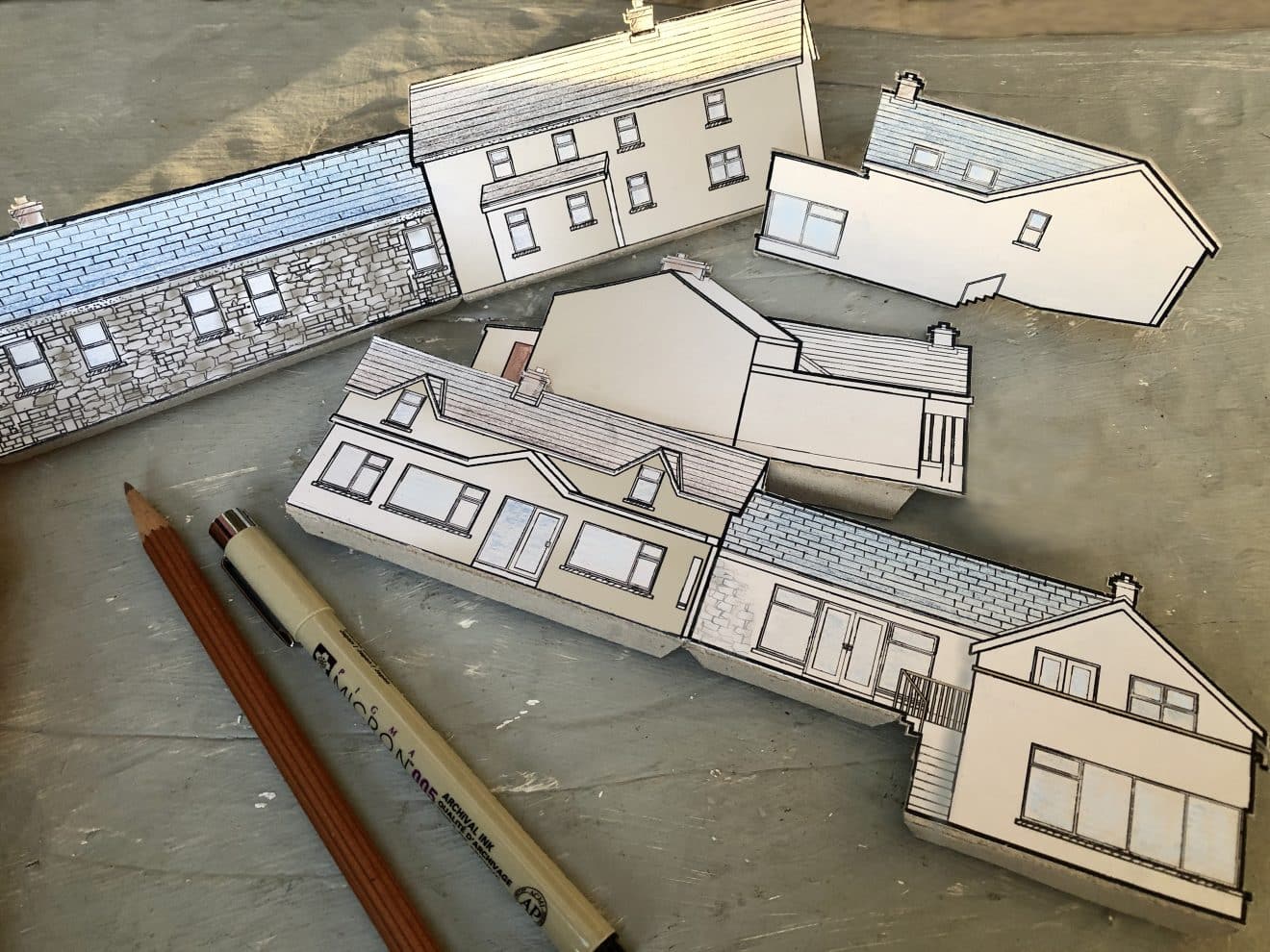
John, aka Sean O Donnchu, applied to extend his house in November 2007. He had made plans for his future. News of the planning permission arrived a few days after his death.
A penultimate view of the house. There are figures of women in the windows of the upper floor. In the window next to the entrance door is a small sculpture, a young woman, lying, reading …. One last look. I leave this deserted place. It is shortly after 11 o’clock. A quiet Friday morning in a small village in Connemara. Adieu & Farewell.
- Click here for the overview: All articles about the life and work of John O’Donohue.
- Click here for the book list: The books of John O’Donohue.
- Copyright: © Markus Bäuchle 2021. All rights reserved.
You can support our work with a donation
Notes and photo credits
- The footage of John’s house from 1997 and the photo in front of the book wall are from the Hessischer Rundfunk documentary Ireland’s Lonely West – A Journey Through Connemara with the Priest and Poet John O’Donohue. The almost one-hour film by Meinhard Schmidt-Degenhard is a unique document. It introduces John O’Donohue in his native Clare and his adopted home of Connemara. O’Donohue speaks about his writing, his feelings and thoughts as well as his relationship to the Church in perfect German. He gives an insight into his cottage in Connemara shortly before he becomes famous. Meinhard Schmidt-Degenhard spoke with 41-year-old John O’Donohue after his estrangement from the Catholic Church and a few months before the publication of his bestseller Anam Cara. Thanks to Hessischer Rundfunk (hr) for the screenshots from the documentary. (© Hessischer Rundfunk: www.hr.de )
- The models for the plans for the conversion and extension of the house in Connemara, approved in January 2008, were adapted by C. Carpenter Design CCD. The plans were not realised after John’s death.
- The photo of the computer screen on the wall towards the lake was taken by John’s friend H.R. Hebeisen. Many thanks for the permission to use it.
- Black and white portrait of John O’Donohue: dtv.
- Photos cottage and lake view: Markus Bäuchle
To be continued.
This story / page is available in:
![]() German
German


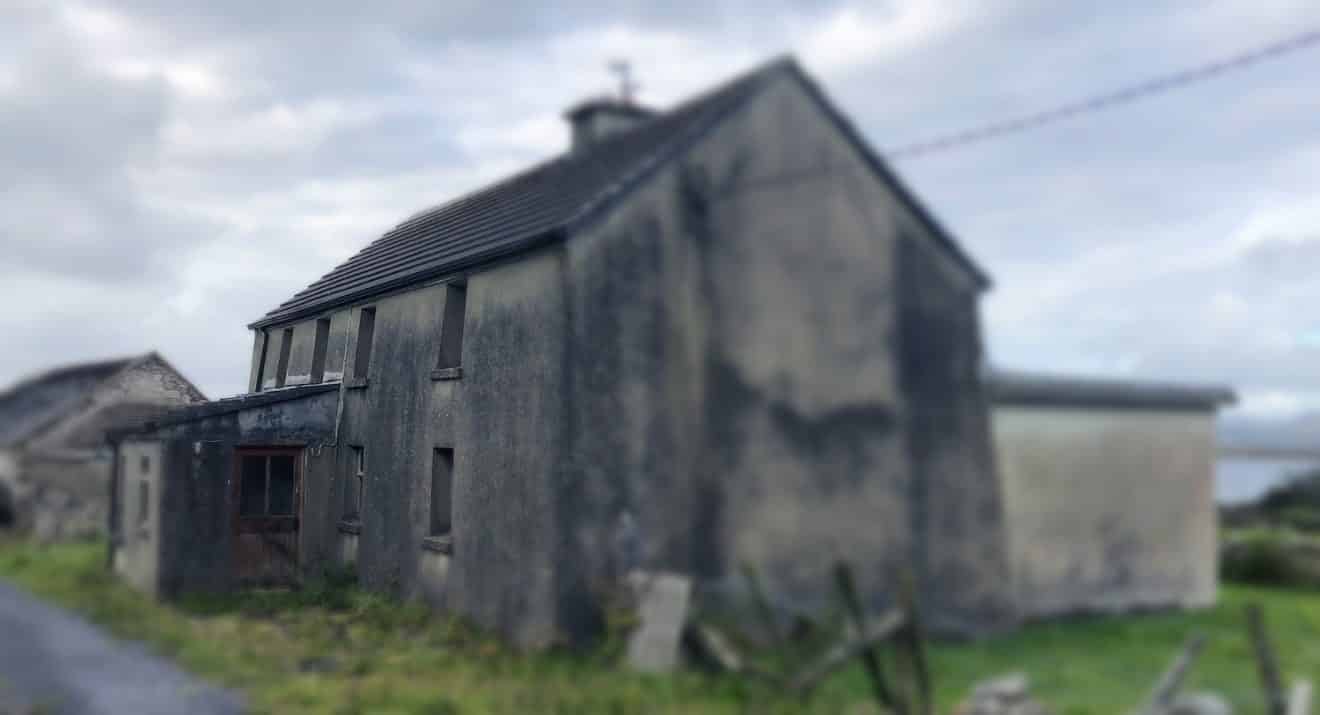
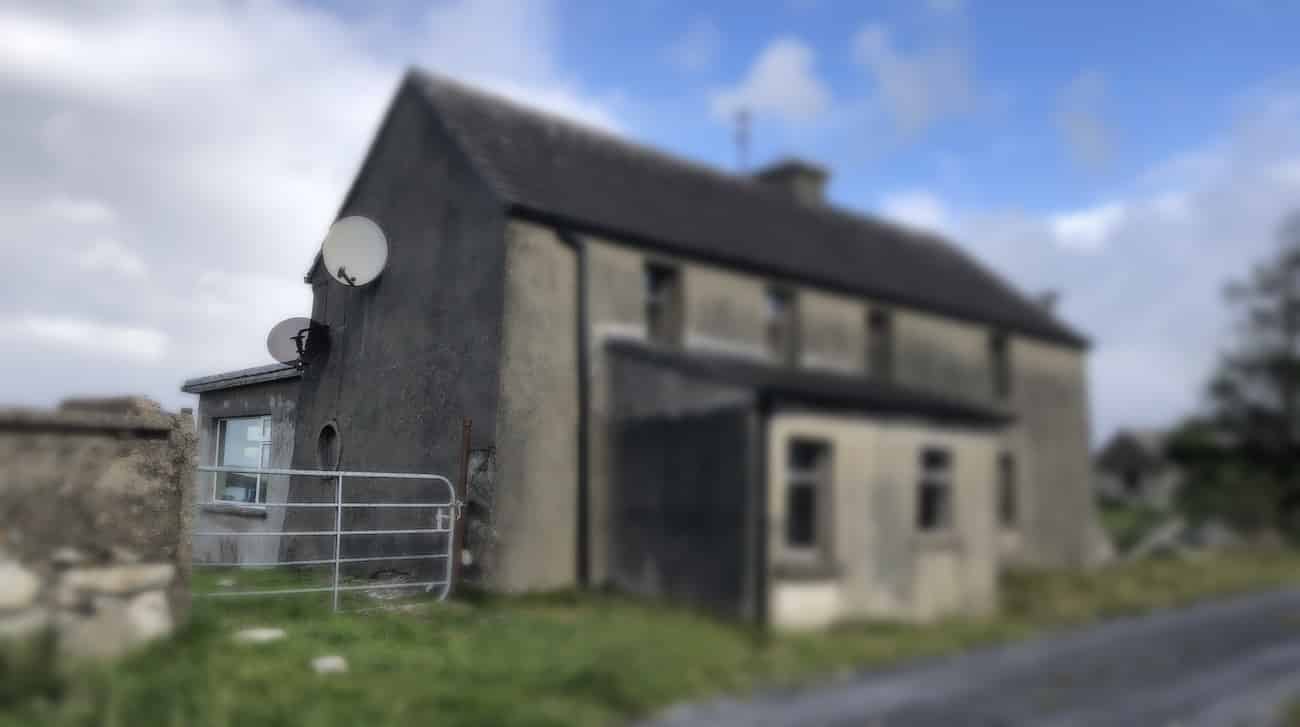

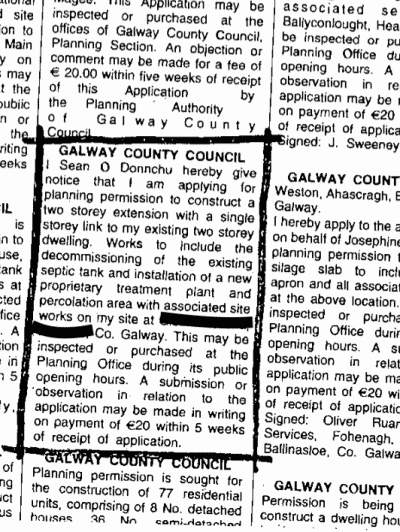

I am a Sister of 60 years of vows this year and during the last few months I started reading Anam Cara. Beautiful and has touched the depth of
of my soul. Something the world needs at this time. God Bless your work
Hello Marcus,
I want to know J oD better.-und read his books.Wenn I was a student-in the 65Jahren-I went in the Burren-und in Doolin-Not too much tourists then-We went in the famous Pub-und there was an old fiddler from Aran-with traditional costume.Can somebody tell me his name????
I returned there 40 Jahren läter…All changed-very sadly…
Thanks you for all your enquiries.
All the best,
Elisabeth
Hello. Where can I find the Hessischer Rundfunk documentary Ireland’s Lonely West – A Journey Through Connemara with the Priest and Poet John O’Donohue?
Thanks for your work.
Hello Dan, the documentary is no longer airing. Maybe the archives of Hessischer Rundfunk can help you. All the best, Markus